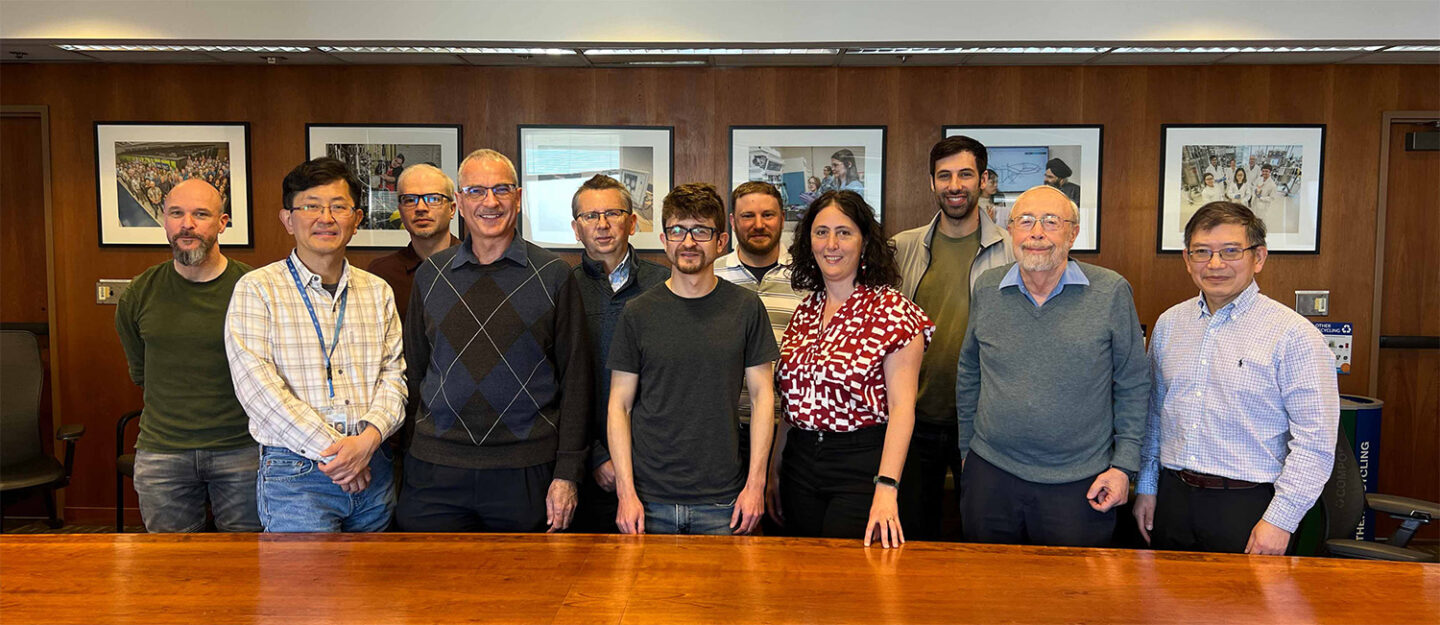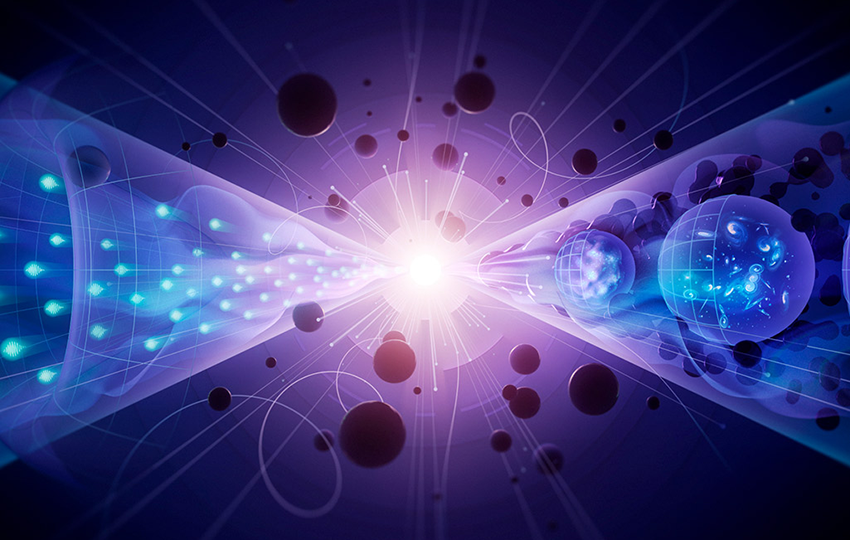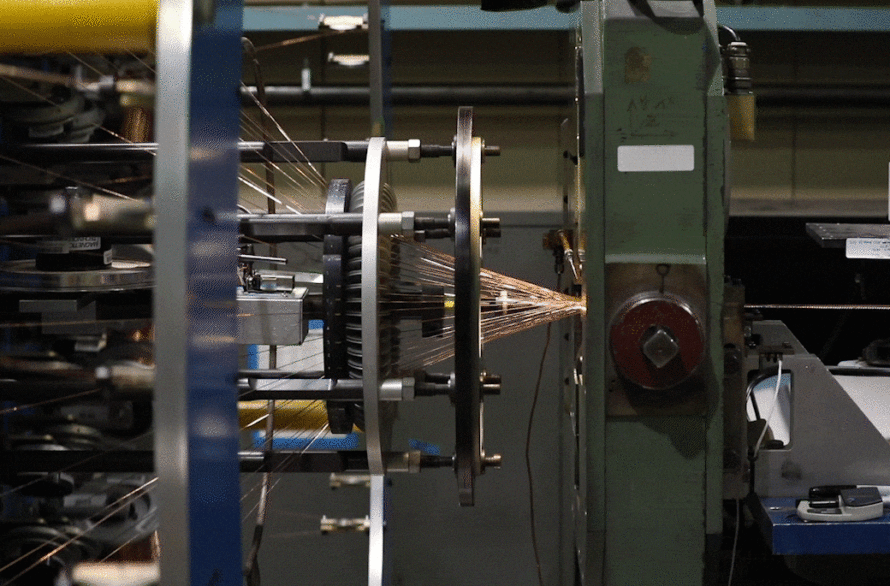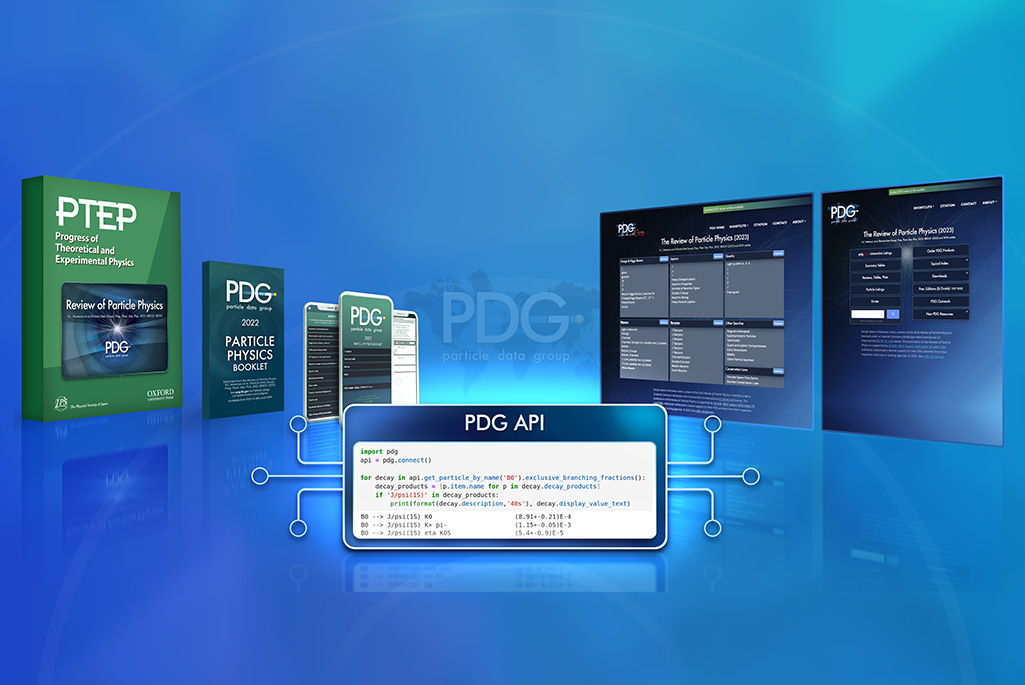In their quest to understand what matter is made of and how its constituents behave, decay, and transform, particle physicists carry out vast numbers of experiments at increasingly powerful accelerators and non-accelerator facilities worldwide. The detailed results of these experiments, and their associated theoretical insights, are published in hundreds of scientific papers annually, and new results become available every day. To evaluate this deluge of scientific results, the Particle Data Group (PDG) publishes the Review of Particle Physics, a concise summary of particle physics and related areas of cosmology and astrophysics that includes experimental data and its corresponding theoretical foundations.
The 2024 edition of the Review of Particle Physics was recently released online on the PDG website and interactively on pdgLive, and will be published in August in the journal Physical Review D. The PDG’s main website is visited by over 22K unique visitors each month. The Review of Particle Physics is published in a scientific journal every other year, and each new edition eventually becomes one of the most-cited articles in the field. Now in its 67th year in publication as the primary source of current data and up-to-date reviews for the particle physics community, the Review of Particle Physics marked its 100K citations milestone earlier this month.
With the 2024 edition, a new PDG API is now officially available. This API (application programming interface) provides programmatic access to the data published in the Summary Tables, and the data from the Particle Listings will be added to the API later this year. The API consists of three tools. For most users, the easiest and most versatile method for programmatically accessing PDG data will be via the high-level Python API implemented in the Python package pdg. A REST API allows for the retrieval of the data from pdgLive in JSON format without installing any PDG-specific software. Finally, for those who wish to incorporate PDG data into their own software for an application where the Python API is not suitable, PDG database files containing the PDG data as a single file in SQLite format are available.
The PDG’s history to date is a fascinating journey through an age of unique breakthroughs in physics and computing. Originating in a paper in the 1957 Annual Review of Nuclear Science by authors Art Rosenfeld and Murray Gell-Mann, the PDG has since grown into an international collaboration of 240 authors from 173 institutions in 25 countries. Berkeley Lab leads this effort with a small team that provides the scientific leadership, technical expertise, and computing infrastructure to organize and coordinate all aspects of the information-gathering, data evaluation, and publication process. In 2021, the DOE Office of Science recognized the PDG as an authoritative open-access Public Reusable Research (PuRe) Data resource for the particle physics community. The publication of the Review of Particle Physics is supported by US DOE, MEXT (Japan), INFN (Italy), and CERN.

###
Lawrence Berkeley National Laboratory (Berkeley Lab) is committed to delivering solutions for humankind through research in clean energy, a healthy planet, and discovery science. Founded in 1931 on the belief that the biggest problems are best addressed by teams, Berkeley Lab and its scientists have been recognized with 16 Nobel Prizes. Researchers from around the world rely on the Lab’s world-class scientific facilities for their own pioneering research. Berkeley Lab is a multiprogram national laboratory managed by the University of California for the U.S. Department of Energy’s Office of Science.
DOE’s Office of Science is the single largest supporter of basic research in the physical sciences in the United States, and is working to address some of the most pressing challenges of our time. For more information, please visit energy.gov/science.



